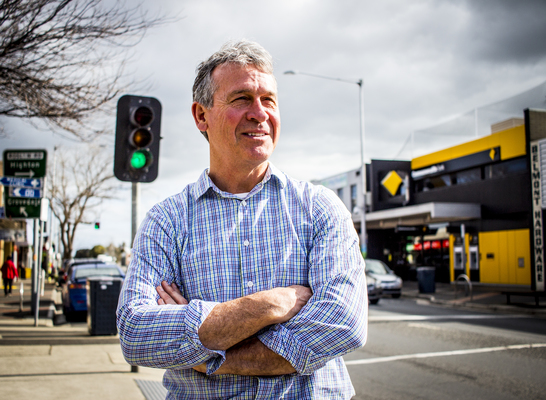Planning is underway to develop the next Armstrong Creek to Geelong’s north and west, City Hall has revealed.
A statement out of City Hall this week announced that the “Northern and Western Geelong Growth Areas” would be of “similar scale” to Armstrong Creek, earmarked for a population the size of Ballarat.
The growth areas would be centred on the Batesford and Lovely Banks areas, already home to significant residential developments.
Council would unveil draft urban structure plans for both growth areas this Friday, the statement said.
The unveiling would also incorporate the first public release of council’s draft “Greater Geelong Settlement Strategy”, City Hall said.
“The settlement strategy is a framework to ensure the City can meet the region’s housing needs to 2036,” the statement said.
“It directs where growth and development should occur and guides sustainable urban development.”
Councillors would consider reports on both strategies at their meeting next week, City Hall said.
The new growth areas would build on previous residential development plans reported in the Indy for tens of thousands more residents in estates stretching from Lara to Batesford.
Planners expect around 60,000 residents to eventually fill the Armstrong Creek area as nearby Torquay surges toward a population of 20,000.
The plans for more growth areas follow a warning that Geelong should consider slowing its housing boom until infrastructure catches up.
Planning export and Melbourne University Associate Professor Carolyn Whitzman told the Indy in 2013 that Geelong risked the dramatic work-life imbalances of neighbours such as Werribee and Point Cook.
She recommended growth limits as Melbourne’s urban sprawl moved ever closer.
“Geelong is effectively now part of metropolitan Melbourne, not that this is a great thing,” Dr Whitzman said.
In response during his mayoral term on Geelong’s previous council, Bruce Harwood rejected Dr Whitzman’s recommendation to cap growth.
Management of growth was the key, he said.
“You can’t stymie growth. You have to manage it and ensure proper infrastructure occurs in the growth period not afterward.
“Council has said very clearly for some time that proper public transport and an increase in capacity are essential to growth in the region.
“You can’t put a moratorium on growth. It’s about managing growth and ensuring infrastructure in place during growth, not afterward like Tarneit and Hoppers Crossing and Truganina.”
In 2013 council expected Geelong’s population to grow 50 per cent by 2031, from 215,000 to
302,000.







